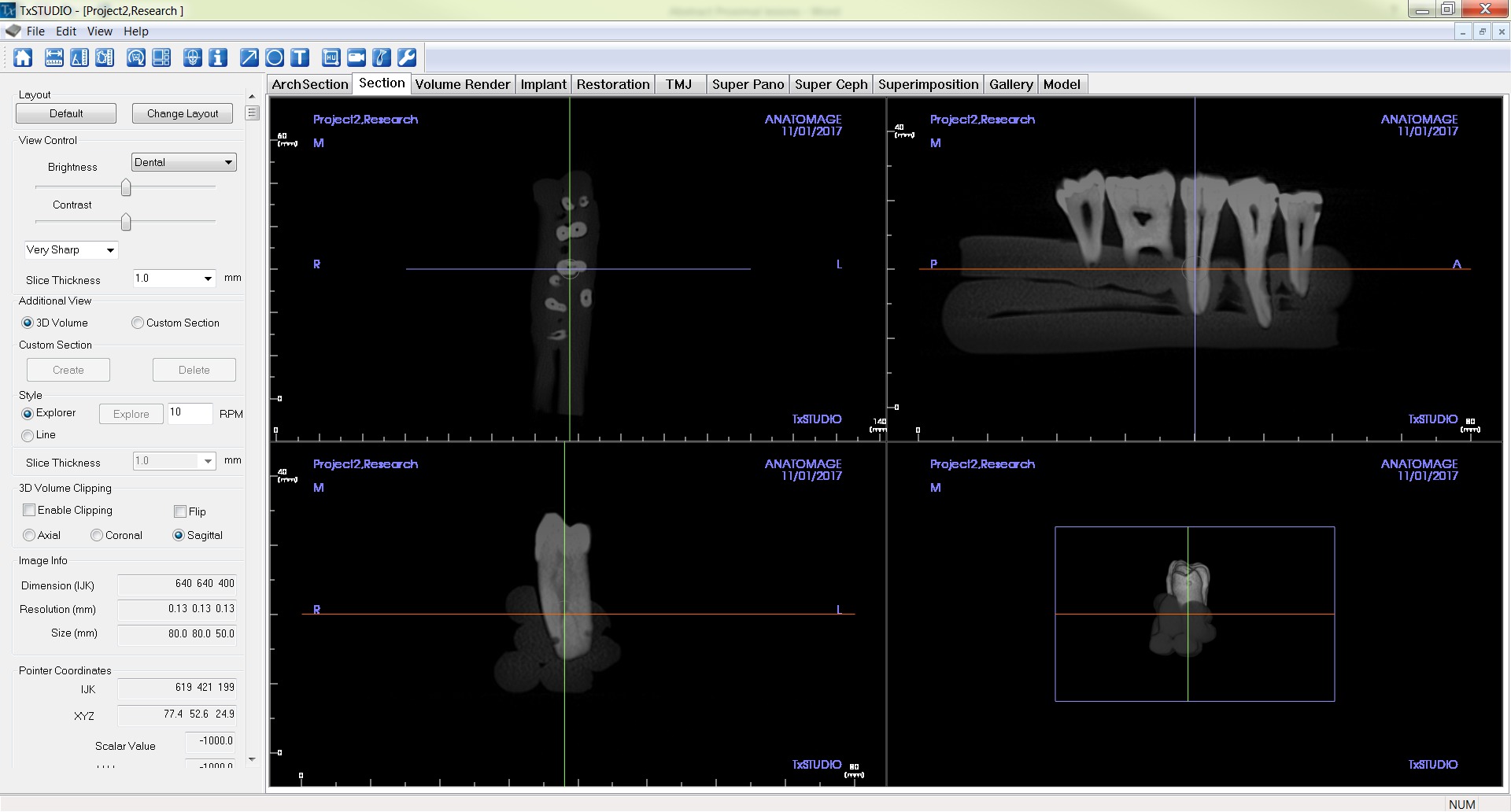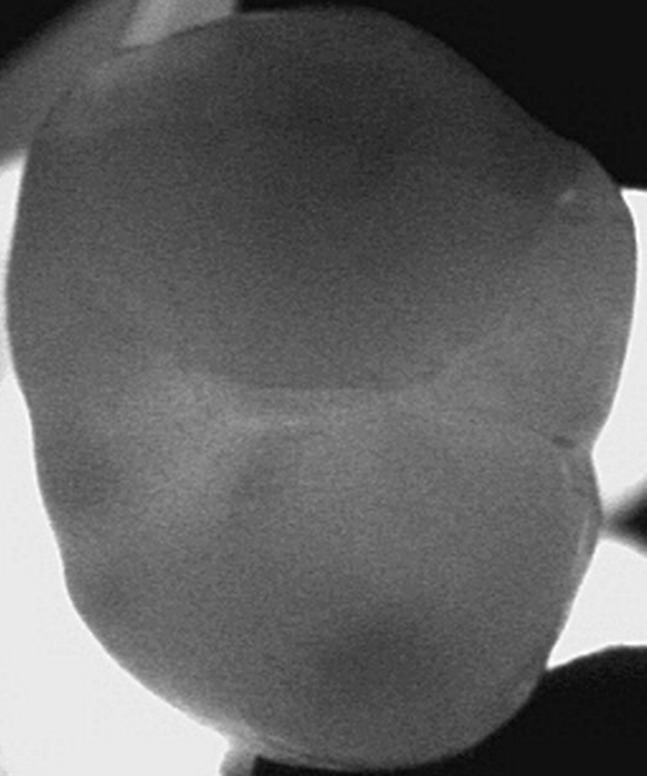IADR Abstract Archives
Comparing CBCT, DEXIS™ CariVu™ & Digital Bitewing Radiographs in Detection of Approximal Lesions
Objectives: The aim of this study is to evaluate and compare the efficacy of cone-beam computed tomography (CBCT) in a small field of view, Carivu transillumination images and digital intraoral radiography in detecting early cavitated approximal carious lesions.
Methods: This study included 92 approximal surfaces from a sample of 46 extracted permanent teeth. The surfaces were randomly divided into two groups; Group A: Experimental group (N=47) and Group B: control (N = 45). Group A was further divided into subgroups A1,A2 and A3 according to the size of the proximal lesion created.The lesions were simulated by drilling holes in the proximal surfaces with a size ¼, 2 and 4 round burs for subgroups A1,A2 and A3 respectively.The teeth were mounted in sticky wax and a rubber glove filled with water was used to simulate soft tissues. All teeth were radiographed under standardized conditions; with a Schick Elite direct digital intraoral CCD sensor to obtain bitewing radiographs. ICAT 17-19 model scanner was used to obtain CBCT scans with a voxel size 0.125cm, and a field of view 8 X 5 cm (Figure 1). DEXIS™ CariVu™ transillumination device was used to obtain an image for each tooth under transillumination which makes enamel appear transparent while porous lesions absorb light (Figure 2) . Digital images were viewed using each system's own software and were interpreted by two radiologists.
Results: CBCT showed statistically significantly higher number of correctly diagnosed lesions than both Bitewing radiography and transillumination. There was no significant difference between bitewing radiography and transillumination, Although the latter shows a higher percentage of correctly diagnosed lesions. Comparison between the different groups shows a higher percentage of correctly diagnosed A3 lesions (98.9%) compared to 68% A2 lesions, and only 60 % A1 lesions. Chi-Square test suggests no difference between observers (p-value=0.86).
Conclusions: 1-CBCT is more accurate in detecting proximal cavities compared to bitewing radiographs and transillumination. A CBCT examination performed for other reasons should also be assessed for proximal surface cavities. 2-Transillumination might be more accurate than bitewings, combining the 2 methods can be convenient for improving the diagnosis in a clinical setting.
Methods: This study included 92 approximal surfaces from a sample of 46 extracted permanent teeth. The surfaces were randomly divided into two groups; Group A: Experimental group (N=47) and Group B: control (N = 45). Group A was further divided into subgroups A1,A2 and A3 according to the size of the proximal lesion created.The lesions were simulated by drilling holes in the proximal surfaces with a size ¼, 2 and 4 round burs for subgroups A1,A2 and A3 respectively.The teeth were mounted in sticky wax and a rubber glove filled with water was used to simulate soft tissues. All teeth were radiographed under standardized conditions; with a Schick Elite direct digital intraoral CCD sensor to obtain bitewing radiographs. ICAT 17-19 model scanner was used to obtain CBCT scans with a voxel size 0.125cm, and a field of view 8 X 5 cm (Figure 1). DEXIS™ CariVu™ transillumination device was used to obtain an image for each tooth under transillumination which makes enamel appear transparent while porous lesions absorb light (Figure 2) . Digital images were viewed using each system's own software and were interpreted by two radiologists.
Results: CBCT showed statistically significantly higher number of correctly diagnosed lesions than both Bitewing radiography and transillumination. There was no significant difference between bitewing radiography and transillumination, Although the latter shows a higher percentage of correctly diagnosed lesions. Comparison between the different groups shows a higher percentage of correctly diagnosed A3 lesions (98.9%) compared to 68% A2 lesions, and only 60 % A1 lesions. Chi-Square test suggests no difference between observers (p-value=0.86).
Conclusions: 1-CBCT is more accurate in detecting proximal cavities compared to bitewing radiographs and transillumination. A CBCT examination performed for other reasons should also be assessed for proximal surface cavities. 2-Transillumination might be more accurate than bitewings, combining the 2 methods can be convenient for improving the diagnosis in a clinical setting.


